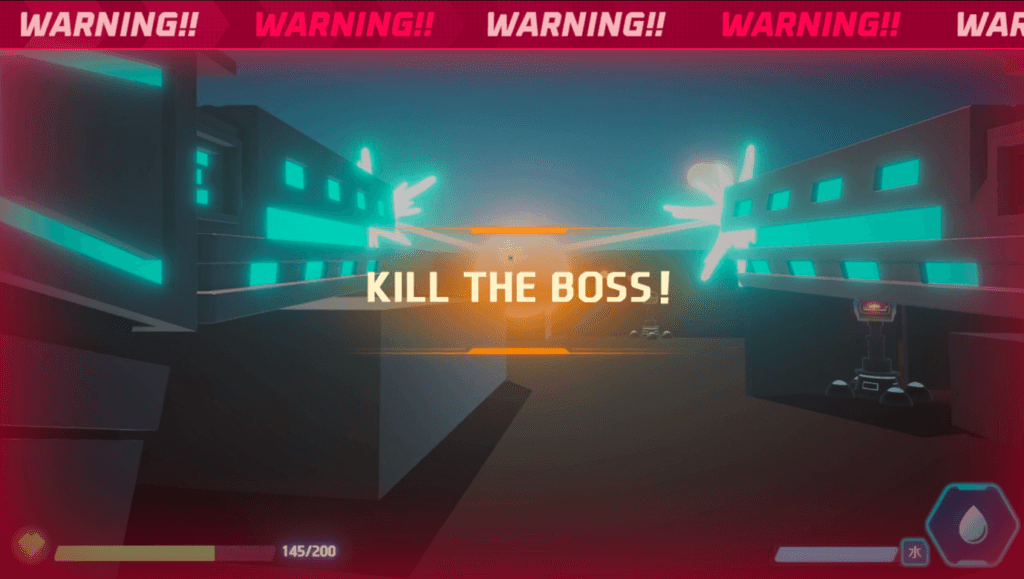Written by Liting 2022 Cohort
Last semester, I participated in a quick game design project (Jason’s game design project, and we created a Personal shouting video game). During the design process, I discovered that each member provided suggestions and contributions to the game’s user experience. UX designers primarily contribute to game interface design and UI element design. This differs greatly from the clear division of labour I understand in the product design process. In addition, I also got much new inspiration from this project.
1. Is it necessary to help the user at the beginning of the game?
I believe any product has a learning cost, so the “beginner’s guide” is necessary, which ensures that new users correctly use the product. However, in this game design process, I found that many simple and general guidance for veteran players is unnecessary (like how to use AWSD keys); even though I firmly believe that key operation guidance is required, the feedback obtained in the test is not the same as I think – old players will have a painful experience at the beginning due to the cumbersome in-game instructions.
But usability guidance is not unimportant; it taught me that users need to be engaged sooner in the game, and interest and engagement are the most crucial. Usability guidance must be properly intertwined with storytelling.
2. Is the direct solution the best?
In the test parts of the process, we faced some users who needed help understanding the mechanism and function of our design. A direct solution for us is to add more guidance text on the HUD or a guidance map and coordinates. More information can ensure that users know what we will do and that we follow that direct solution. But is this solution the best? More information could confuse users; the game mechanics need to be simplified to make the user play more smoothly. I need more than diverse information to enhance the game experience, which is one of the reasons why I find it difficult to begin playing complex video games.

The answers to these questions are uncertain, and I hope to get more systematic answers through more project practice in the future. At the same time, I hope these questions can be answered in the future: Is it true that only good gamers can become good game UX designers? Another one is what is the critical role of the “traditional” research UX designer in the games industry?